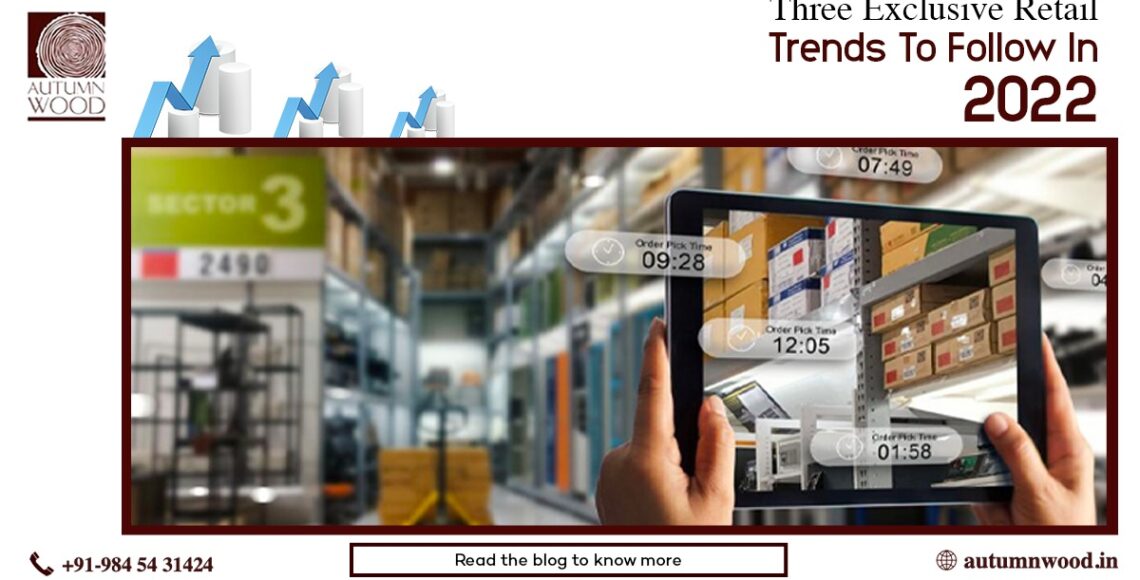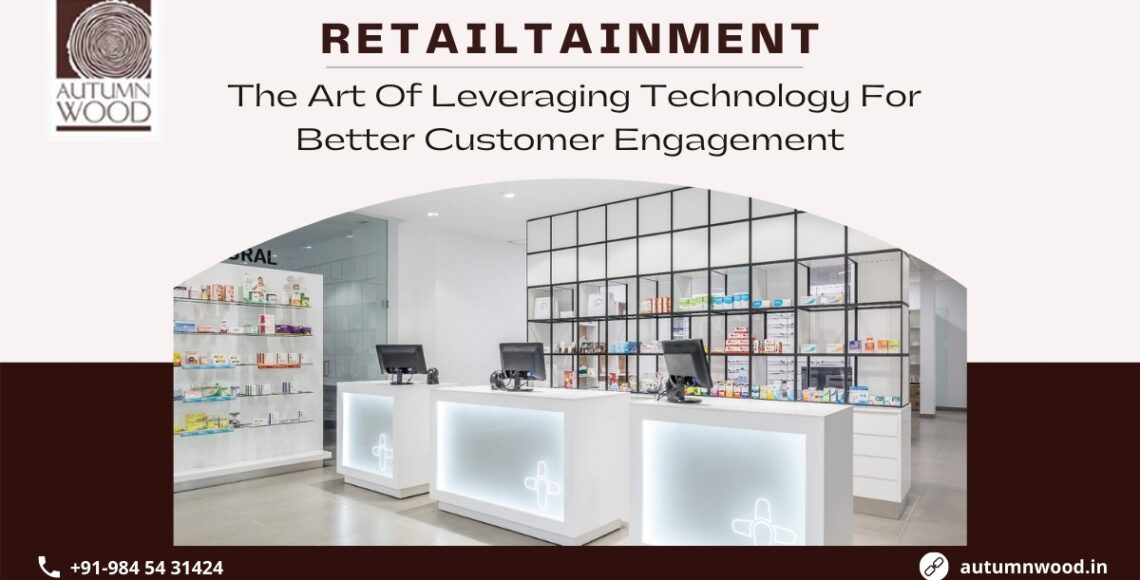Climate Change – A Dangerous Experiment
Whether we accept it or not, the human race is conducting the most dangerous experiment in the history of the planet – determining how much carbon dioxide the atmosphere can hold before a catastrophic environmental meltdown!
Climate change has been a very debated topic for decades now, but as the heat of the planet is being turned up (byabout 1.9 degrees Fahrenheit in just 2021), the heat in the debate is cooling off. There is comprehensive scientific evidence now to show that climate change is a brutal reality and that it is tampering with major earth systems – ocean currents, wind patterns, reefs, water levels and icesheets.
Maldives – Facing Dire Sea Level Rise Threat
Look no further than India’s southern neighbour, Maldives, which is diverting cash from tourism to purchase land in an increasingly likely scenario of rising sea levels submerging the low-lying country. The frequency of extreme weather events – floods, droughts, heatwaves, hurricanes – is on the rise.
For instance, though the amount of rainfall that India receives annually has remained almost the same for the last two decades, the volatility in its distribution, intensity and timing has increased manifold. This has caused havoc in sowing and harvesting crops which in turn has made food and clothing much costlier. It has also led to displacement and loss of lives. In other words, climate change has ceased to be just a ‘macro problem’ to be ‘discussed and debated’ and has started affecting individual lives at social, economic and personal levels too.
Two-Pronged Effort Needed
A critical problem affecting both the macro and micro levels require solutions at the global and individual levels. Decarbonising the world food system and making it robust is important and requires emergency policy decisions at national and international levels, no doubt. But it also needs individual participation to consciously move away from meat and dairy products.
Phasing out fossil fuels to reduce the global carbon footprint has to definitely supersede geopolitical and profiteering interests. However, it also begs us to make changes to move into a simpler and more natural lifestyle. Changing land-use patterns and saving virgin forest lands require international cooperation to ensure countries that serve as lungs for the earth do not lose out on economic growth due to that. But it also calls for us to educate our children, the future denizens of the planet, to place larger interests above individual ones. As the Dalai Lama eclectically puts it – Be Selfish; Therefore, Be Selfless.
It’s Time to Bring Change
Change is the only changeless constant in the world, and it always seems difficult. And so, making a ‘climate-change’ change feels like an uphill task. But it all begins with our perspective and attitude. Knowing that we are in it together – whether I am an eskimo in Iceland, an aboriginal in Australia, a tribesman in Africa or a global citizen – is a great unifying factor that goes beyond geographical, religious and racial boundaries.
Remember, whatever it is that you do, it makes a difference to the planet. But that difference has to be a positive one.











